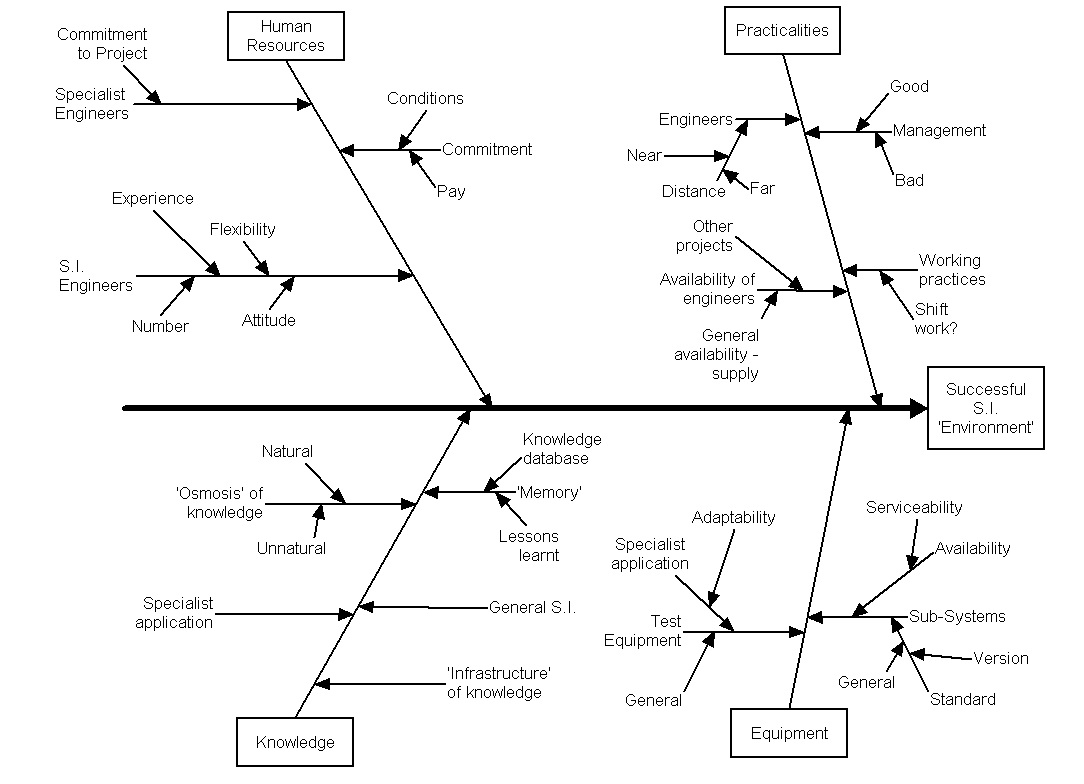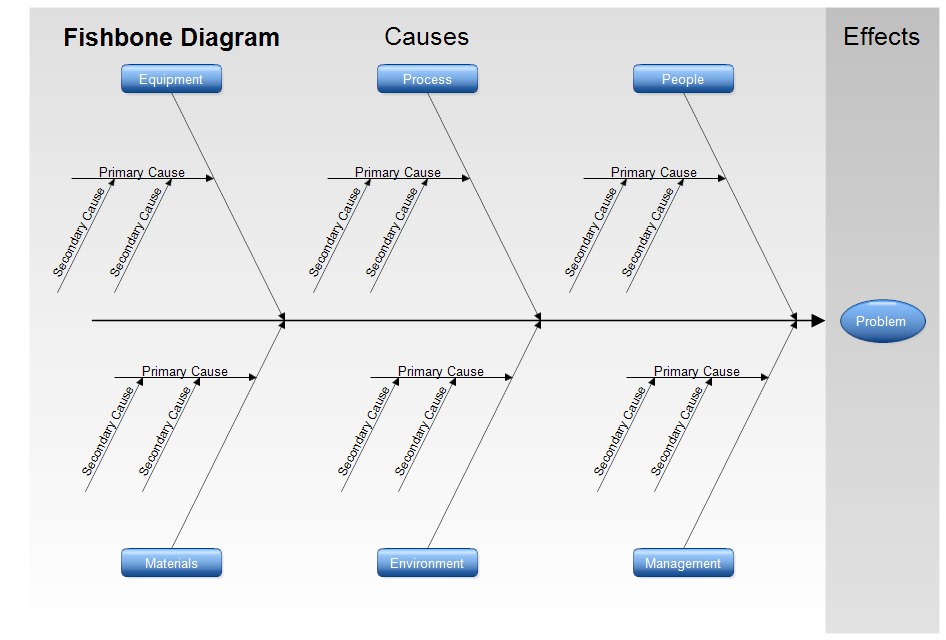


Quality control is the responsibility of all workers and all divisions. The ideal state of quality control is when quality inspection is no longer necessary. The first step in quality is to know the requirements of the customer. Ishikawa's philosophy of total quality management can be summarized by his 11 points: Communicate and share ideas more effectively,.Take a step back and think about a phenomenon or challenge,.Using this visualization allows your team to: After the project team has discussed a problem, it is used to sort all the ideas into categories. This diagram was created by Professor Kaoru Ishikawa to make brainstorming sessions more effective at conducting a thorough root cause analysis.
CAUSE AND EFFECT DIAGRAM SOFTWARE DEVELOPMENT HOW TO
Learn more about the Ishikawa diagram, how it’s used in project management and how to build your own! An overview of the Ishikawa diagram Luckily, presenting the root causes of a challenge and the ways to overcome it is the very purpose of a fishbone diagram. These aspects should be taken into account as soon as the project planning phase begins. This diagram was created by Professor Kaoru Ishikawa to make brainstorming sessions more effective at conducting a thorough root cause analysis.Ĭonducting a proper risk analysis, anticipating and solving problems are essential management skills to lead successful projects. The Ishikawa diagram, also known as a fishbone diagram, is a useful tool in project management, particularly when it comes to quality control.


 0 kommentar(er)
0 kommentar(er)
